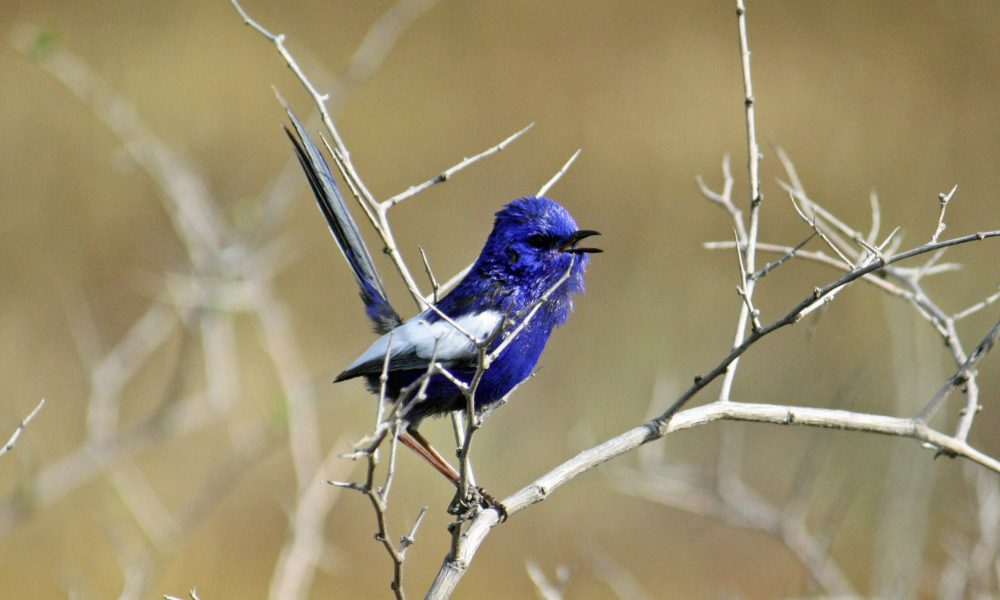Image: Ian Miles.
Glasson’s Grassland Reserve

Glasson’s Grassland Reserve
respects the Traditional Owners of
this land, the Barapa Barapa people.
Trust for Nature purchased the 173 ha Glasson’s Grassland Reserve in 2001. This was purchased for the purpose of nature conservation with the assistance of the Commonwealth Government under the Natural Heritage Trust’s National Reserve System Program and The R.E. Ross Trust.
The reserve is one of the best remnant grassland sites left in northern Victoria; it is also highly significant in the local area, as it contains one of the few never-cultivated paddocks left in the district.
The reserve is located off Aird Road, Kotta approximately 30 km west of Echuca.
Open by appointment.
All Trust for Nature reserves are closed on days of Total Fire Ban, and days of severe, extreme and code red fire danger.
Explore Glasson’s Grassland Reserve
Glasson’s Grassland Reserve is a large area of remnant grassland which provides excellent habitat for a variety of grassland-dependent species.
Glasson’s Grassland Reserve is part of a mostly treeless, grassy plain. There are two key vegetation types on site including Plains Grassland and Plains Grassy Wetland. As well as the treeless vegetation, the presence of two remnant Umbrella Wattle (Acacia oswaldii) trees and scattered dead trees, suggests that the grassland originally contained a scattering of this small tree.

An array of native species are present including a number of species with state or national significance. The reserve contains Victoria’s largest known population of Red Swainson-pea (Swainsona plagiotropis) and the second largest known population of Slender Darling-pea (Swainsona murrayana). It also has the most south eastern record of Chariot Wheels (Maireana cheelii) in Australia.
Numerous bird species (including water birds) have been noted including White-winged Fairy-wren, Zebra Finch and Wedge-tailed Eagle. Notably, Plains-wanderer (Pedionomus torquatus) presence is known within the local area. Mammalian presence is low but species such as Fat-tailed Dunnart, Kangaroo and Black Wallaby have been noted.

The site has evidence of both Traditional Owner and European history. There is remnant evidence of small camp oven mounds within the damper section of the site, suggesting that it probably wasn’t a preferred long-term camp. The pastoral era began in the 1840s, and the reserve would have been part of a much larger pastoral run used for sheep grazing. Grazing of both cattle and sheep have continued since then. When Trust for Nature purchased the property in 2001, this has been limited with only periodic grazing for management purposes occurring.

No amenities.
Note: this reserve is open by APPOINTMENT ONLY, please contact the Reserve Manager on 03 8631 5888.
Our reserves have hazards that may cause serious injury or death. You are responsible for your own safety and the safety of those in your care.
The reserve is closed during days declared as Total Fire Bans and/or where the fire danger rating is Severe, Extreme or Code Red.
The reserve is home to a variety of wildlife, including several species of venomous snake. During summer it is advised that long trousers and gaiters are worn when walking in the reserve.
Visitors to the reserve are requested to not cross any fence-lines, or venture onto neighbouring private property. All visitors are requested to stay on the marked walking trails.
Other hazards include:
- Falling limbs
- Uneven surfaces
